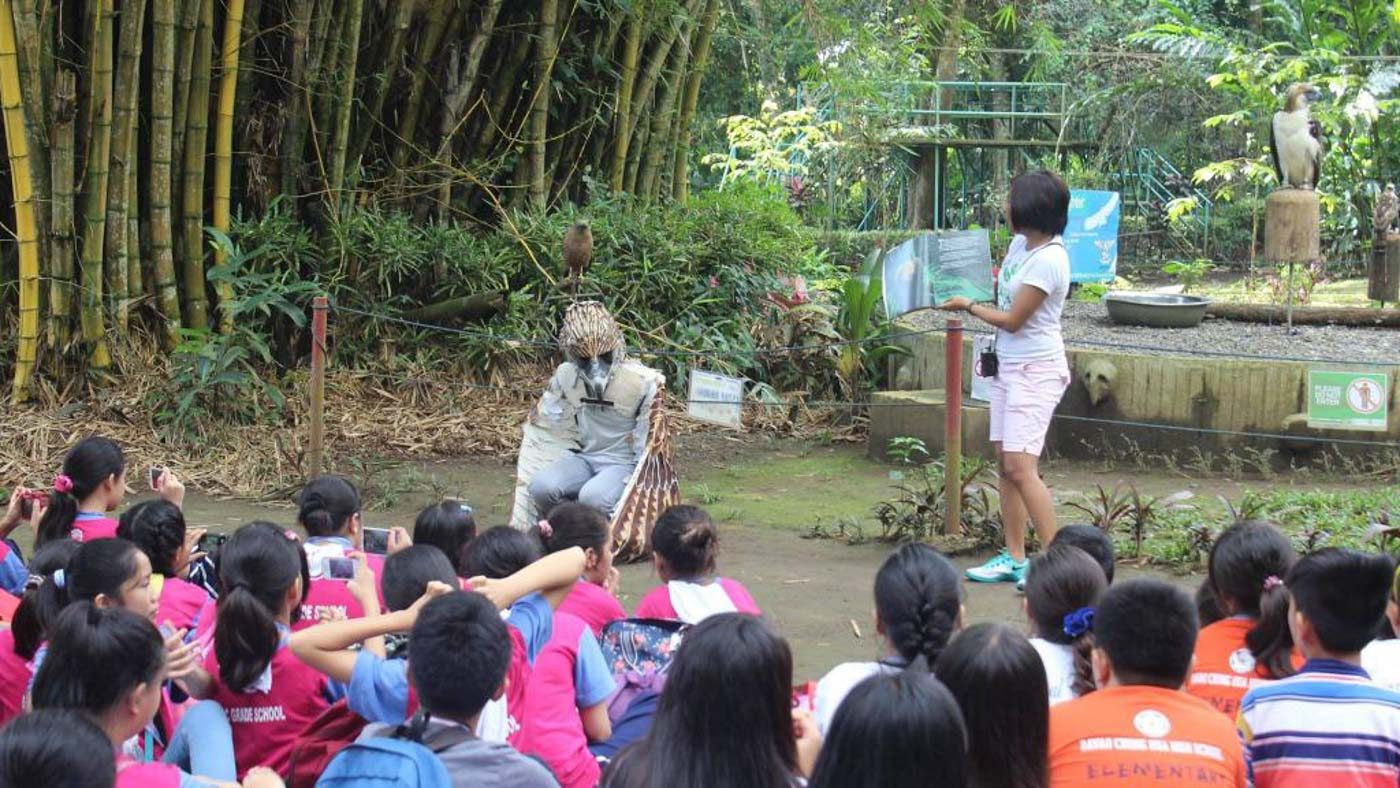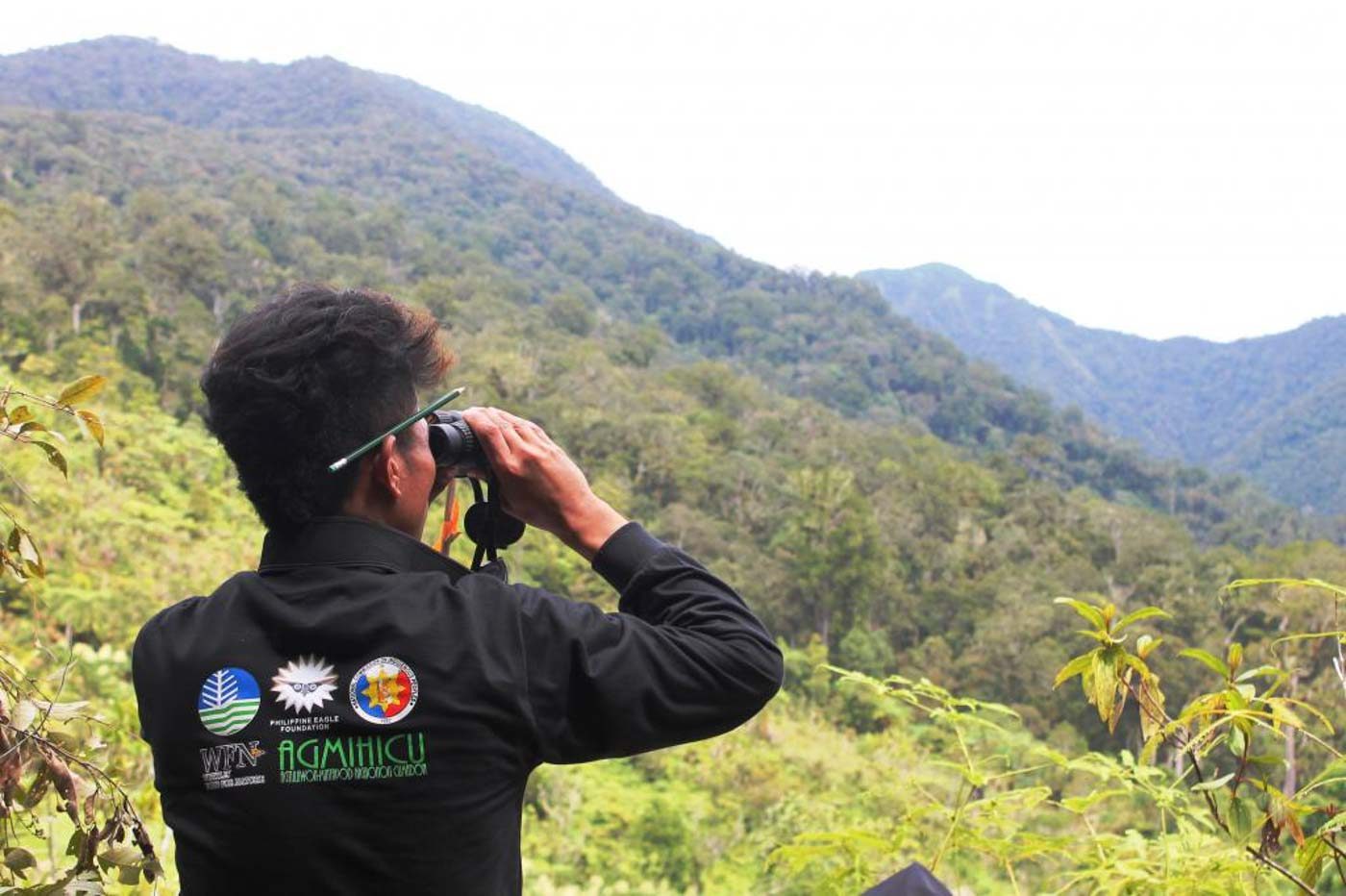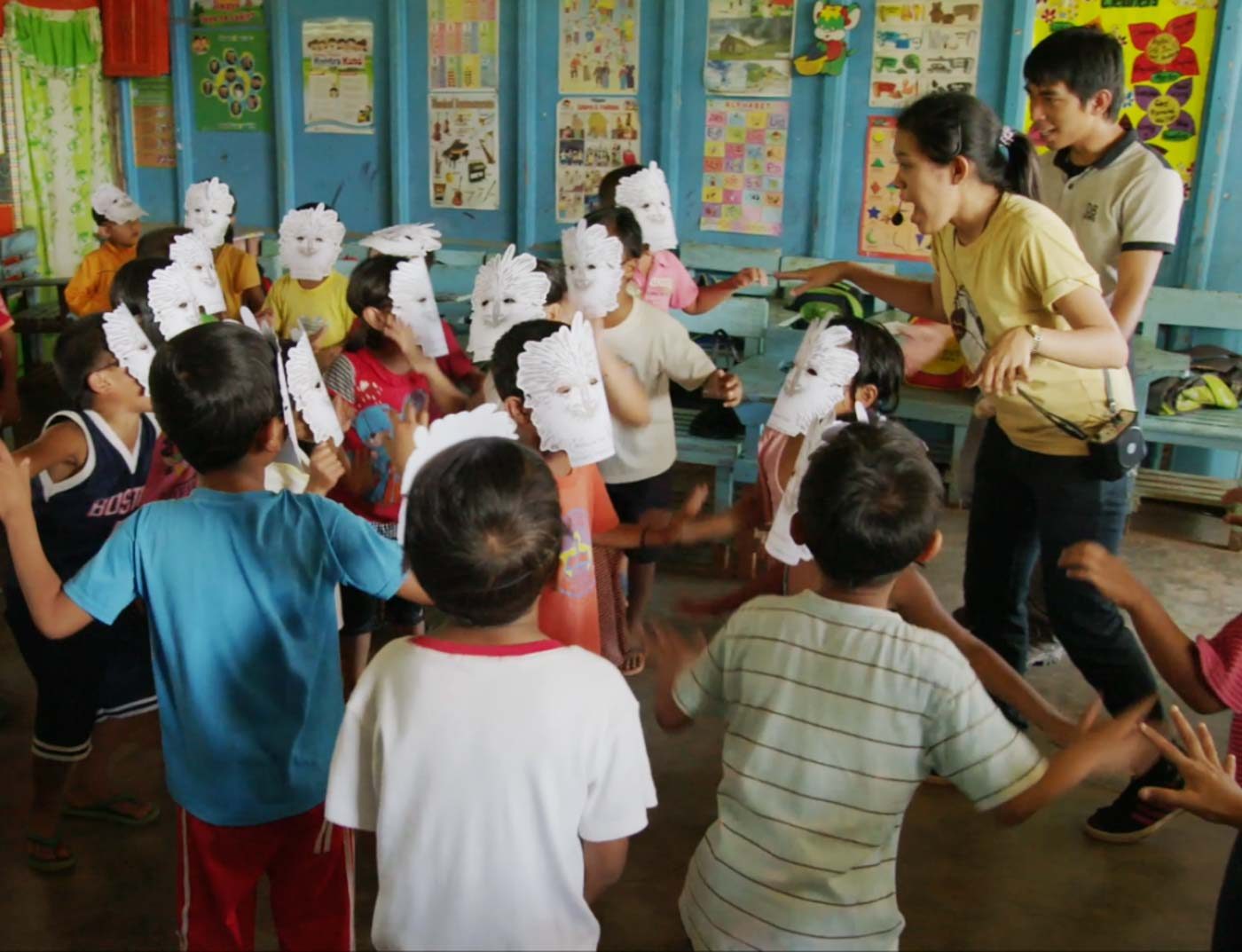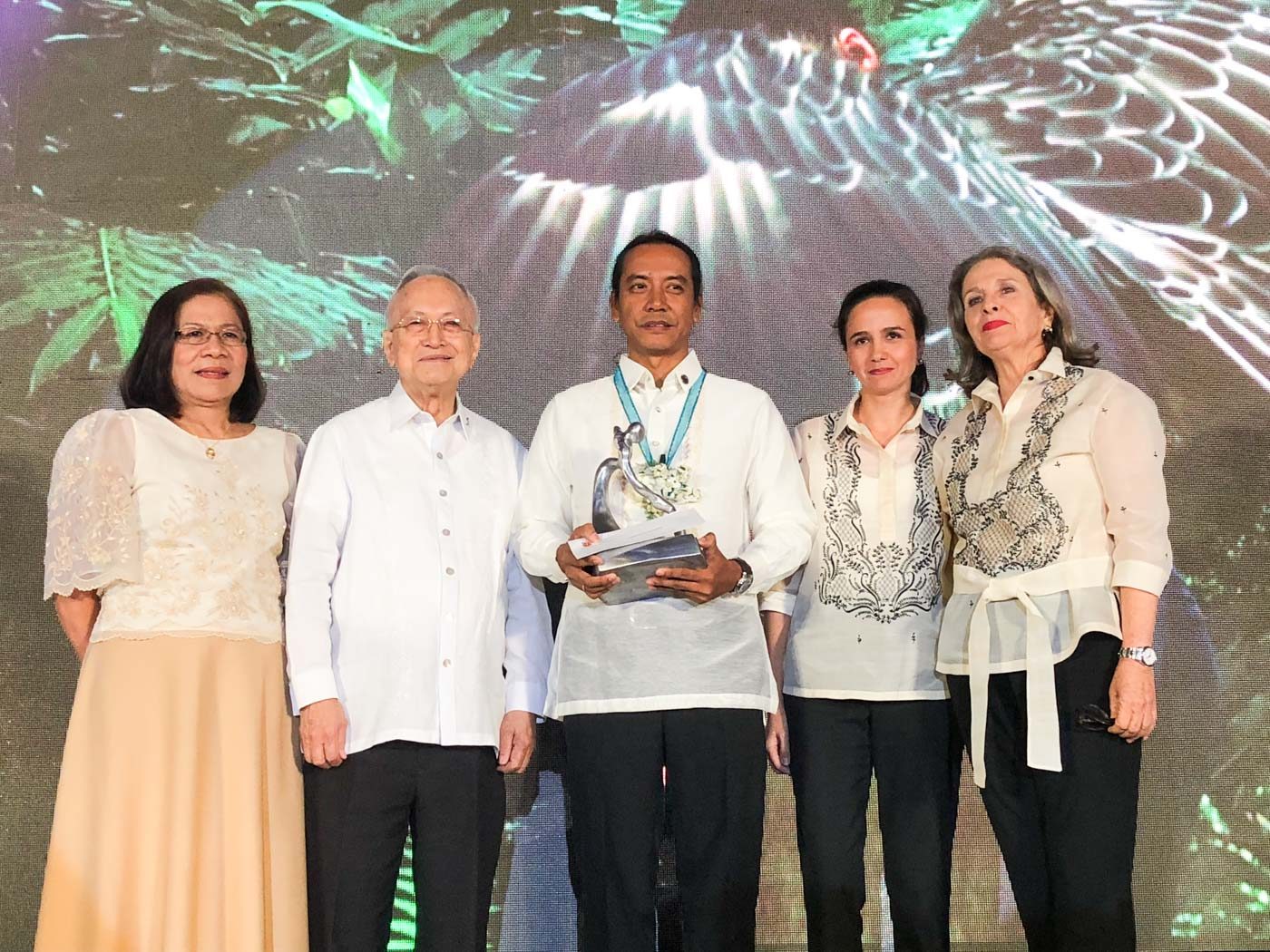SUMMARY
This is AI generated summarization, which may have errors. For context, always refer to the full article.

MANILA, Philippines – Protecting the mighty Philippine eagle is no easy feat, but a decades-old foundation based in Davao City has been on a mission to provide sanctuaries for the critically-endangered national bird.
The Philippine Eagle Foundation has turned an 8.4-hectare lush forest at the foothills of Mt Apo into a sanctuary for the Philippine eagles as well as other birds, mammals, and reptiles.
The Philippine Eagle Center is a conservation breeding facility that also serves as a crucial tourist destination for Davao City, where thousands of guests learn about the conservation of the environment.
Outside of its breeding facility, the foundation also works hand-in-hand with 37 communities in the region in protecting Philippine eagles that live out in the wild. The International Union for the Conservation of Nature has listed the Philippine eagle as critically endangered, with only around 400 pairs remaining in the wild.
For these initiatives, the foundation was given the prestigious Eduardo Aboitiz Award for Outstanding Institution this year.
The success behind the Philippine Eagle Foundation’s efforts all these years may be perhaps due to its culture-based approach in conservation.
Jason Ibañez, Philippine Eagle Foundation director for research and conservation, told Rappler that they are focused on working directly with indigenous peoples (IPs), who become forest guards for the eagles.
In turn, the foundation helps the IPs identify and gain access to basic social services they need to uplift their lives.
He said that while the Indigenous Peoples’ Rights Act gives IPs the right to own, develop, control, and use their ancestral lands and natural resources, most of the communities remain poor.
“So the care of the forest is the least of their priorities. What we’re trying to do is to engage indigenous communities, help them become protectors of the forest and stewards of the eagles. While they’re doing it, it also helps rejuvenate their culture,” said Ibañez.
“We’re looking at forest guarding through our culture-based conservation as an entry point for poverty alleviation, for biodiversity conservation, and for also rejuvenating or reviving the indigenous culture,” he added.
It therefore takes a whole village – literally – to successfully protect the Philippine eagle.
Noble forest guards
How does the culture-based approach to conservation work? (READ: Apayao: Where ethnic tradition is saving the Philippine Eagle)
Ibañez explained it entails looking at the situation of the IPs from their own lenses and understanding how conserving the Philippine eagle can fit into the way of life of a particular community.
“What we’re trying to do is really to understand how they see their situation. Often there’s a mismatch between what outsiders think they need and what they actually need. So part of the effort is to really listen to the community members and then see their world and see the aspirations from their lenses,” said Ibañez.
The Philippine Eagle Foundation has members and volunteers who do community organizing and who draft a rural development plan for their partner IPs.

The foundation hosts a 5-day activity for the community, where the members are asked what aspirations they have for their family and their tribe and how they see themselves in 20 years.
“So they would draw what kind of life they want, and then the deal really is, ‘Okay, we’ll help you achieve those. But help us and the country conserve the eagles in the forest.’ So it becomes a mutual understanding,” said Ibañez.
In Mt Apo alone, more than 200 forest guards are working together with the Philippine Eagle Foundation. The local government of Davao City has adopted these forest guards as its own “bantay bukid” and provide them with P2,000 monthly allowance each.
“These are things that they (IPs) appreciate. And through that they slowly learn that they can have a better life living and protecting the eagles, rather than shooting them and destroying [the nests],” said Ibañez.
Challenges to conservation
For a conservation initiative as massive as this, the Philippine Eagle Foundation has to deal with several obstacles along the way.
Funding, for example, will always be a challenge. But Ibañez said they are thankful that various local governments, private companies, and individuals have been helping in their cause to save the Philippine eagle.
The Philippine Eagle Foundation has donors who help fund social services, like water systems and schools, in their partner communities. Some of the foundation’s partner-companies include PLDT and the Energy Development Corporation.

Ibañez said another major hurdle in their efforts is changing lowlanders’ perception of IPs. He explained IPs are often stereotyped as the “natural stewards of biodiversity.”
“But we think that stereotyping is not working for them because if they (lowlanders) see indigenous peoples do kaingin, then they would say, ‘Oh, they’re not stewards.’ So they’re discriminated…. There’s no such thing as a naturally-born conservationist,” said Ibañez.
Kaingin is a process where trees are cut down and burned to give way for farming spaces.
He explained that conservation is a lifestyle, a product of upbringing and circumstances. (READ: A Philippine eagle’s hope)
“If you’re very poor, you wouldn’t see a Philippine eagle as the elegant national bird. You would see it as food, because you would need to address hunger pangs. So these are things that we lowlanders often take for granted because we don’t experience it,” said Ibañez.
He said that some IP communities will also look at eagles’ nests as an obstacle to farming, so they will not find anything wrong with cutting trees.
A bright future ahead
With its recent recognition at the Ramon Aboitiz Foundation Inc Triennial Awards, the Philippine Eagle Foundation is determined more than ever to continue protecting the national bird.
Ibañez said they are “very excited” about their P500,000 cash prize, as they plan to use the money to expand their forest guard initiative to other areas in the country where the Philippine eagles are found, like in the provinces of Sarangani, Leyte, and Samar, and in the northern Sierra Madre.
He said the foundation also plans to work with the Technical Education and Skills Development Authority, the National Commission on Indigenous Peoples, and the Department of Environment and Natural Resources to get a skilled-work accreditation for the forest guards.

As an advocate for both the Philippine eagle and the protection of IPs’ rights, Ibañez hopes the rest of Filipinos will see the value of conservation and the greater role it plays for the rest of society.
“In a very material world, a very materialistic world, we often forget that we’re not the owners of resources. One of the elders told me, if only the lowlanders believe that the trees are homes of spirits, then perhaps the trees will not be commercially logged and destroyed,” said Ibañez.
“So it is this perception that humans own the resources that is the root cause of all these destruction. I think it’s very inspirational to look back at our traditions and our belief systems and learn from it,” he added. – Rappler.com
Add a comment
How does this make you feel?
There are no comments yet. Add your comment to start the conversation.